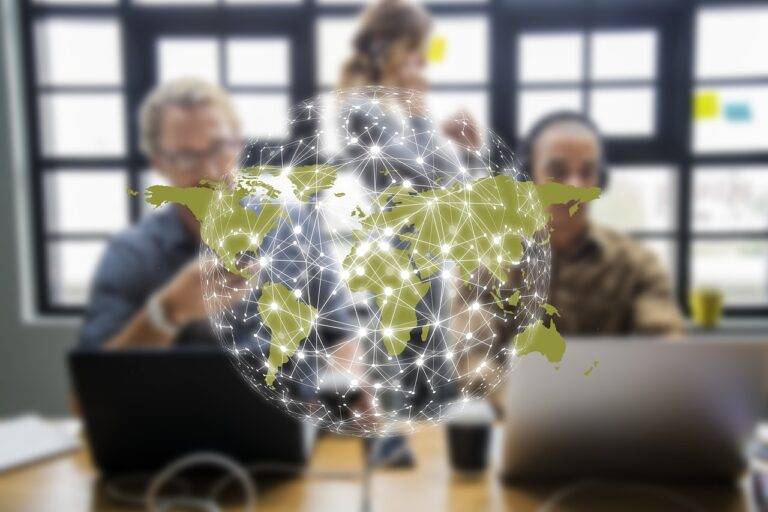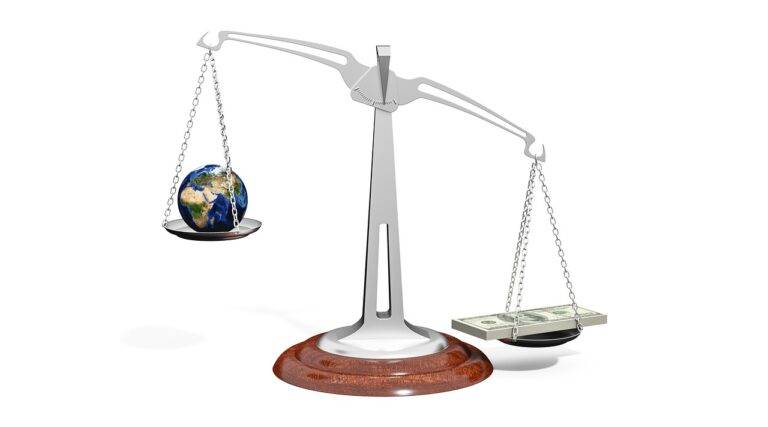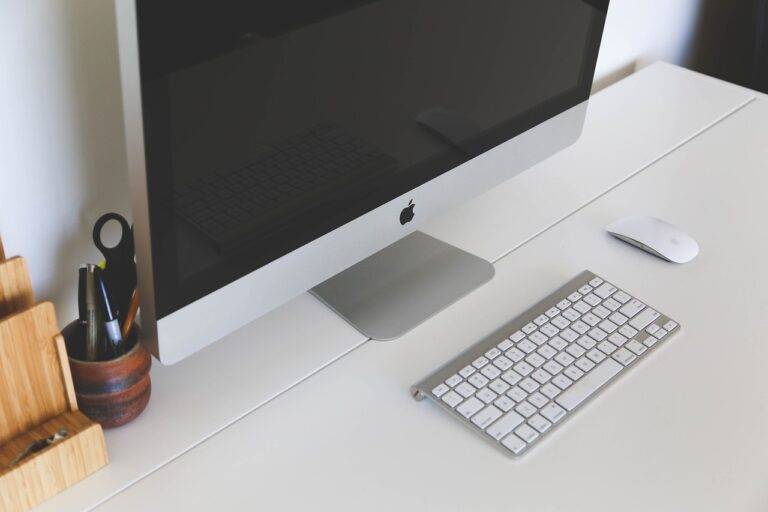Understanding the Circular Economy: Opportunities for Businesses
The concept of a circular economy revolves around the idea of minimizing waste and keeping resources in use for as long as possible. It focuses on reusing, recycling, and regenerating products and materials in a closed-loop system, which aims to reduce the pressure on finite resources and lessen the environmental impact of production and consumption processes. In a linear economic model, resources are extracted, used, and then disposed of, leading to a significant amount of waste and pollution. Conversely, the circular economy promotes a more sustainable approach by designing out waste and creating products with a focus on longevity and recyclability.
The Benefits of Embracing a Circular Economy Model
Transitioning towards a circular economy model offers a myriad of advantages that span across economic, environmental, and social spheres. By shifting from the traditional linear “take-make-dispose” approach to one centered on designing out waste and promoting the regeneration of resources, businesses can contribute significantly to sustainability goals. Embracing this model fosters innovation and drives businesses to rethink their production processes, leading to the creation of products and services that are both efficient and environmentally friendly.
Moreover, a circular economy model presents the opportunity for companies to reduce their dependence on finite resources, thus enhancing resource security and resilience. This shift enables businesses to reduce their environmental impact by promoting the reuse, refurbishment, and recycling of products, ultimately leading to a decrease in overall waste generation. Additionally, by embracing circularity, organizations can improve their reputation among consumers, attract environmentally conscious customers, and align themselves with the growing global movement towards sustainable practices.
What is the Circular Economy?
The Circular Economy is an economic model that focuses on minimizing waste and maximizing the use of resources by promoting practices such as recycling, reusing, and refurbishing.
What are the benefits of embracing a Circular Economy model?
Embracing a Circular Economy model can lead to reduced environmental impact, increased resource efficiency, cost savings, job creation, and innovation in business practices.
How can businesses transition to a Circular Economy model?
Businesses can transition to a Circular Economy model by implementing sustainable practices such as product redesign, resource optimization, waste reduction, and collaboration with suppliers and customers.
What role do consumers play in a Circular Economy?
Consumers play a crucial role in a Circular Economy by making informed purchasing decisions, supporting sustainable products and services, and participating in recycling and reuse programs.
What are some examples of companies successfully implementing a Circular Economy model?
Companies like Patagonia, IKE





